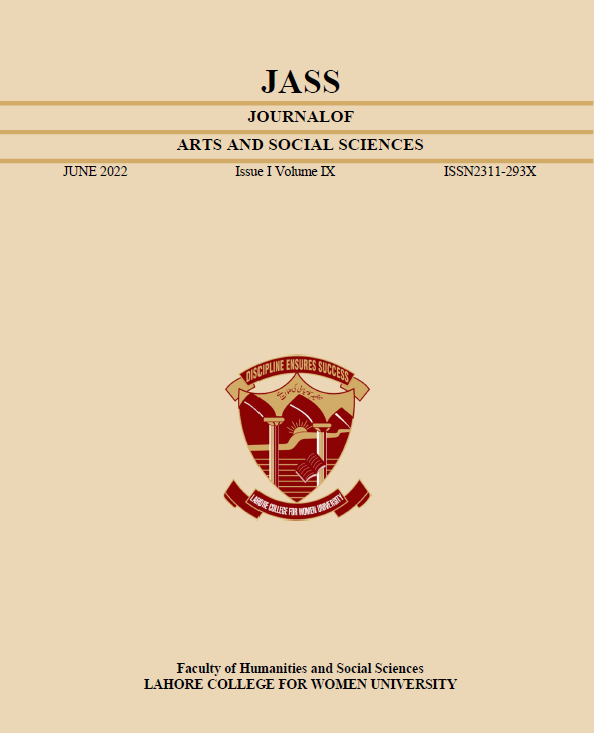PERSONALITY TRAITS, EMOTION REGULATION AND MARITAL SATISFACTION AMONG WOMEN IN COMMUTER MARRIAGES
Abstract
The aim of the current study is to examine the relationship of personality traits, emotion regulation and marital satisfaction among women in commuter marriages. Furthermore, the study will also explore the predictors of marital satisfaction of women in such type of marital relationship. The correlational method was employed for the study and the sample of 142 women in commuter marriages (N= 142) were selected through convenient sampling technique. The age of the recruited participants was between 22-36 years (M= 28.21, SD= 3.85). The Psychological instrument were used in the study; Big Five Inventory, Emotion Regulation Questionnaire, and Marital Adjustment Test to measure personality traits, emotion regulation and marital satisfaction respectively.The Pearson Product Moment Correlation revealed that Extraversion, Conscientiousness and Openness showed significant positive relationship with marital satisfaction whereas Neuroticism showed significant negative relationship with marital satisfaction. As for the second variable of emotion regulation, Cognitive reappraisal showed significant positive relationship and Expressive Suppression showed significant negative relationship with marital satisfaction. Regression analysis (Multiple Hierarchical Regression) revealed Neuroticism and Expressive Suppression as significant negative predictors of marital satisfaction and Cognitive Reappraisal turned out to be significant positive predictor of marital satisfaction.






